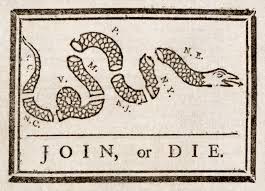The British in Philadelphia: Part 3 of 3
What Happened at Valley Forge
While the British occupied Philadelphia, Washington and his army hunkered down for a harsh winter at Valley Forge. No battle was fought there, yet, it was the turning point of the Revolutionary War. It was here that the Continental army was desperately against the ropes — bloody, beaten, battle-weary — and ready to quit. Even General Washington conceded, "If the army does not get help soon, in all likelihood it will disband."
The question must be asked, "Why didn't they disband?"
We know what happened here. Early into the six-month encampment, there was hunger, disease, and despair. Raw weather stung and numbed the soldiers. Empty stomachs were common. Cries of "beef" echoed throughout the camp. The future promised only more desperation and starvation.
Some couldn't take the cold, hunger, and uncertainty any longer. There were dozens of desertions. Disease debilitated. Death descended in droves.
But by February of 1778, the weather eased somewhat — moving from brutal to merely miserable. In March, General Nathanael Greene was appointed head of the dismal Commissary Department and magically food and supplies started to trickle in. By April, Baron von Steuben, a quirky mercenary who was not really a baron, began to magically transform threadbare troops into a fighting force. Also in April, the Conway Cabal, a plot to remove George Washington from power, was quashed for good. May brought news of the French Alliance, and with it the military and financial support of France.
On June 19, 1778, exactly six months after the Americans arrived, a new army, eager to fight the British streamed out of Valley Forge toward New Jersey.
At Valley Forge, we read of words like "sacrifice" and conjure up images of bloody footprints, but the concept of suffering for freedom isn't easily to understood. What kept these men going? What happened at Valley Forge?




